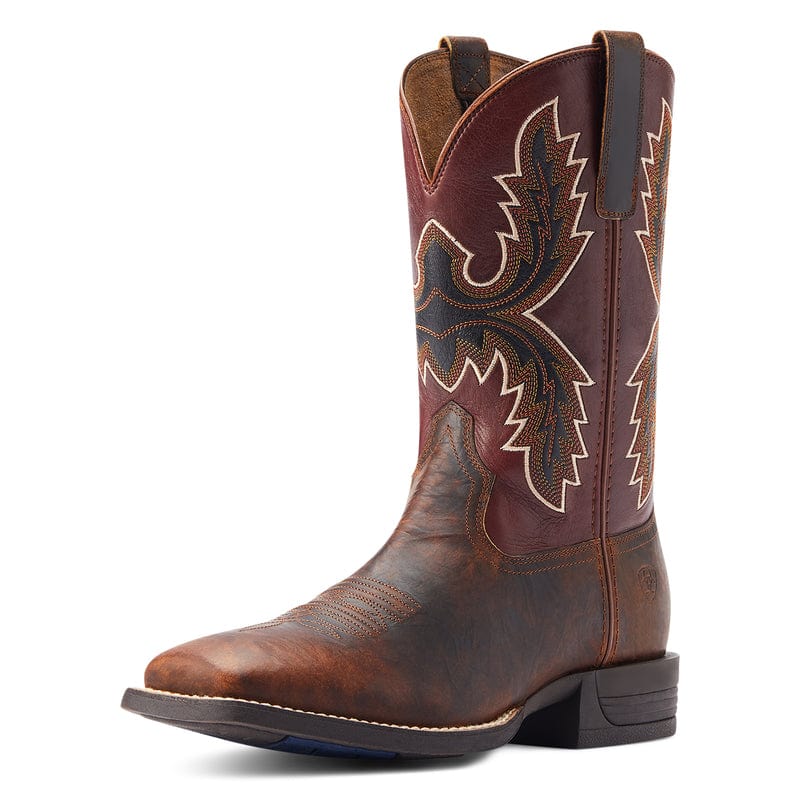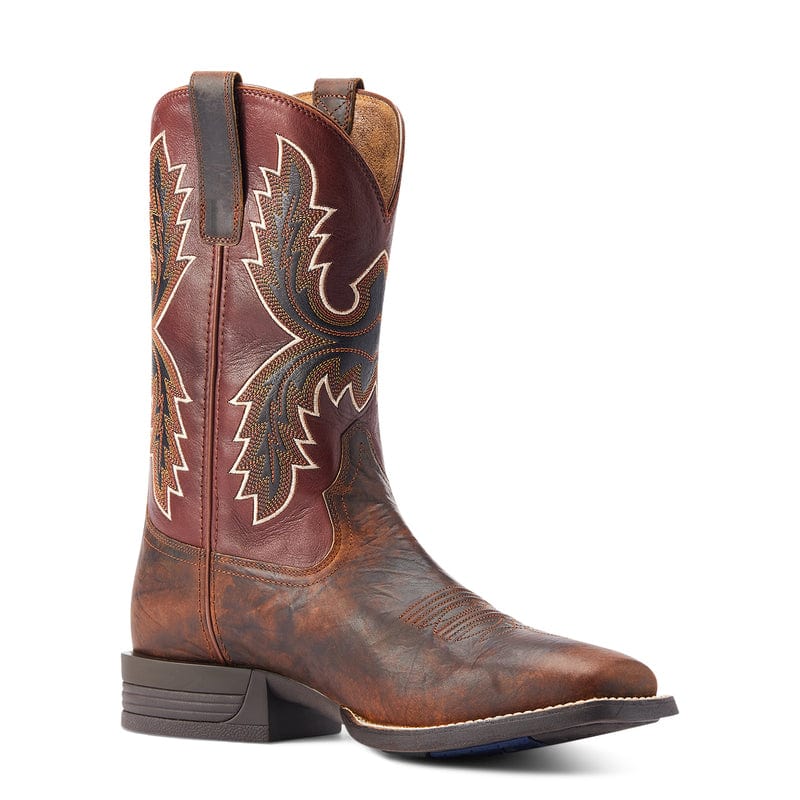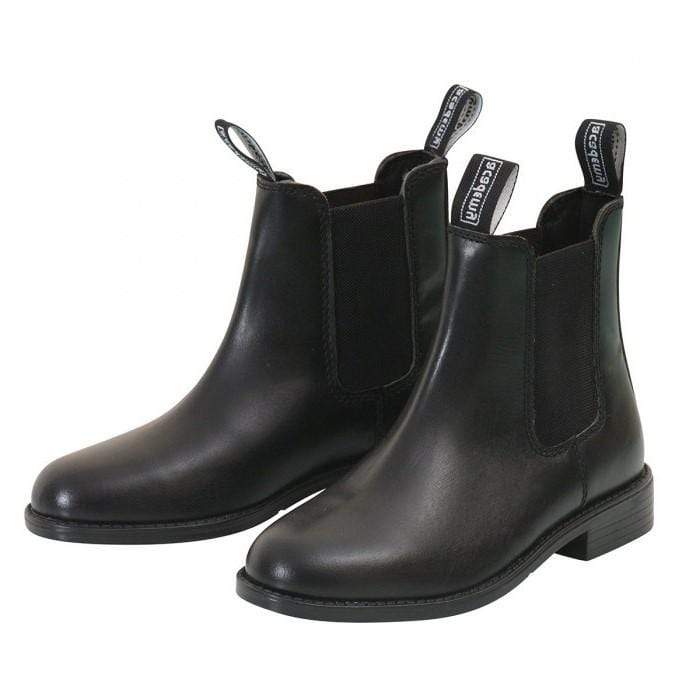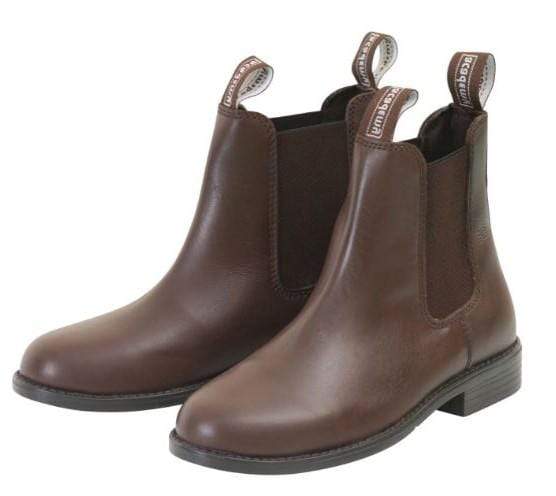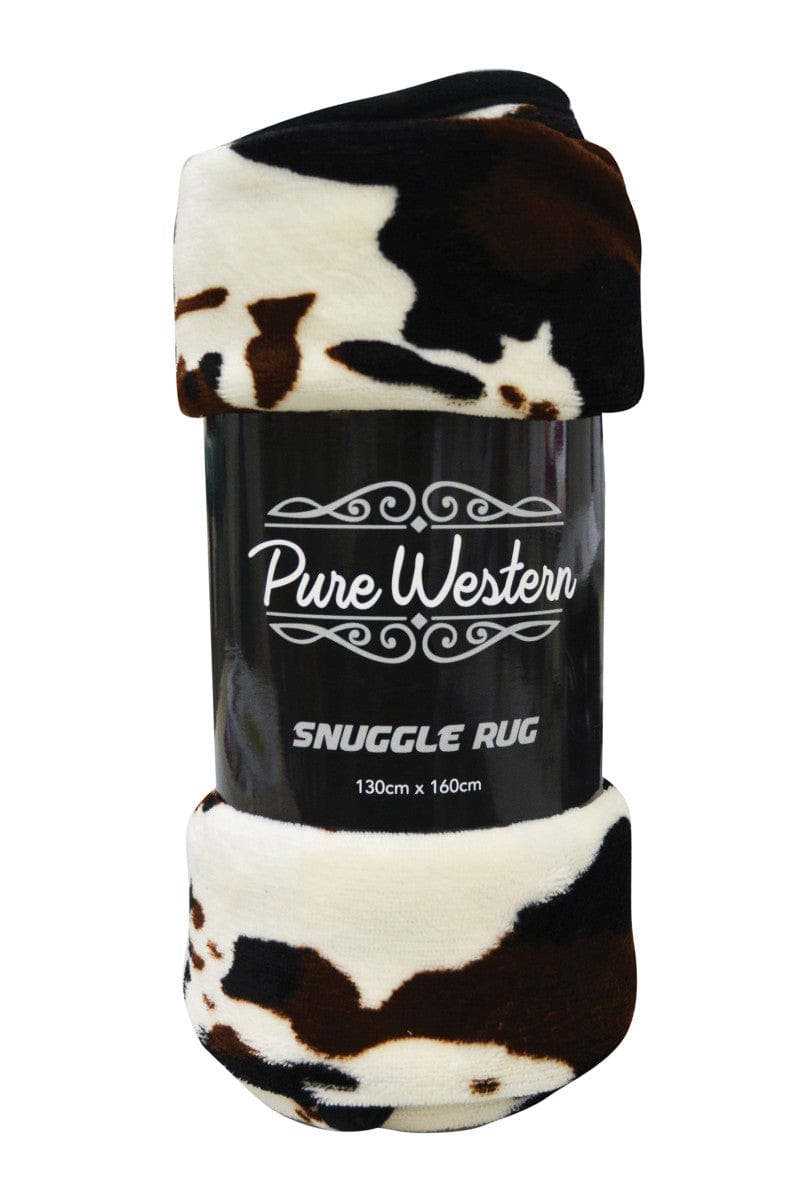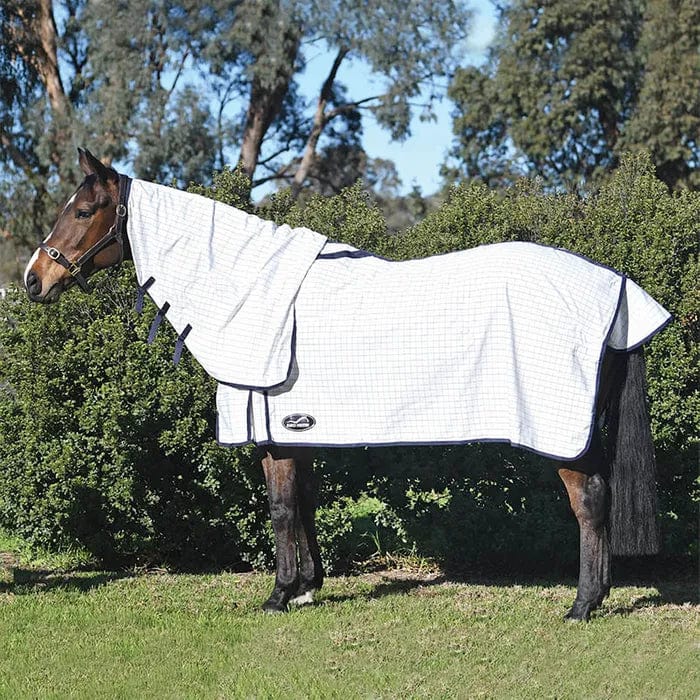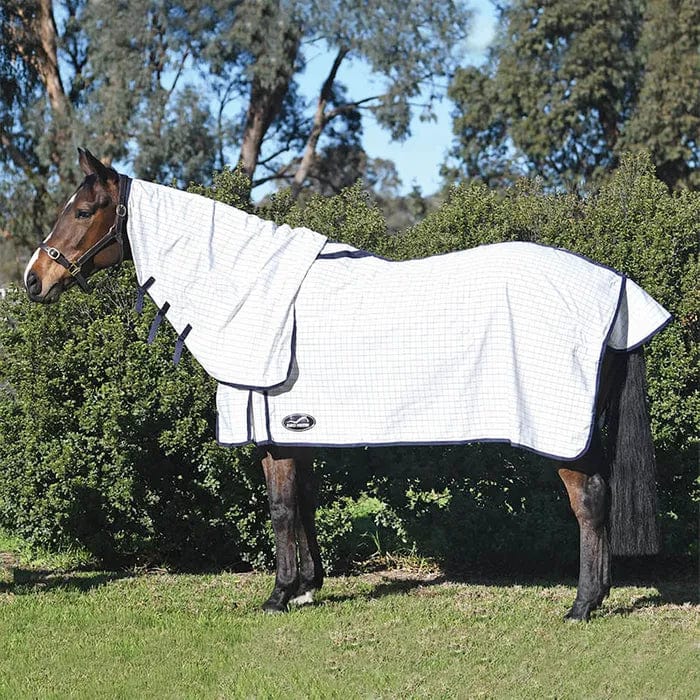Equilume Light Therapy for Maintenance of Summer Coat
This is a great read about light therapy and how it can influence a Summer Coat all year round
Timing of Lighting: A Critical Factor Influencing Coat Growth
The duration of daylength and environmental temperature both change over the course of the year and regulate the length and density of a horse or pony’s coat in different seasons. Artificial lighting is often used to help optimise coat growth in our equine charges, to help with thermoregulation when in training and visual aesthetics for the show ring. New research conducted by Equilume’s R&D team has revealed that time of year influences the response to extended daily light on coat growth in horses and ponies. Four studies, conducted in collaboration with University College Dublin, evaluated hair coat changes in horses and ponies when Equilume Cashel Light Masks were fitted at the autumnal equinox, one month after the summer solstice, one month before the winter solstice and one month after the winter solstice. In all cases, light masks were used in addition to blankets to provide warmth through the colder nights and months. The findings were published in the scientific journal PLOSOne (O’Brien et al., 2020*) and can be summarised as follows:
- Starting light therapy in the autumn is too late to prevent the growth of the winter coat
When extended daily light therapy is initiated at the autumnal equinox (corresponding to Sept 21st in Northern climes and March 21st ‘down-under’), it does not reverse the onset of the winter coat growth in horses or ponies. The researchers report that horses will already have perceived a significant reduction in natural daylight hours such that hormones responsible for coat growth will have shifted in their seasonal cycle and cannot then be switched off. Despite exposure to 15 h blue light daily, starting at this time did not prevent horses or ponies from growing a longer winter coat.
- Starting light therapy within one month of the summer solstice will maintain a summer coat in horses, but less so in some pony breeds
When light masks were fitted on horses and ponies by July 21st, horses maintained a summer coat with only a gradual lengthening of coat hairs by October, whereas ponies started to grow a heavier coat in September despite the long day stimulus provided by the masks. The researchers suggest that the different responses between horses and ponies may relate to their evolutionary adaptations to different environments. The breed of ponies used in the study was Connemara, a rugged indigenous breed accustomed to survival in harsh climatic conditions where the growth of a heavy winter coat would have ensured survival in the wild. The authors of the study suggest that because of this, ponies may need light therapy to start earlier in the year, at the time of the summer solstice, in addition to adequate blanketing to ensure maintenance of a sleek summer coat.
- Starting light therapy one month before the winter solstice accelerated coat shedding in outdoor living horses
When fitted on Irish Sport Horses accustomed to paddock living in late November (Northern Hemisphere), the researchers noted that the shedding response in the group wearing light masks was much faster than in horses without masks. They also observed that shedding was delayed until January, but by February coat differences between the groups were significant. The authors suggest that environmental temperature variations perceived by horses living outdoors 24/7 play an important role in coat growth, especially in cold, windy climates. When continuously exposed to these conditions, horses must spend more energy in regulating their body temperature and maintaining a heavier coat helps with this. Once the ambient temperature improved, the horses exposed to light rapidly shed their hair coats. It was suggested that another important factor influencing the results was nutrition. Horses in this study were only provided with forage to meet maintenance requirements.
- Starting light therapy one month after the winter solstice did not accelerate coat shedding in Connemara ponies any faster than natural seasonal changes
When outdoor living ponies were fitted with light masks in late January, no significant differences were observed in their coat growth in the following months compared to ponies without light masks. Again, ambient temperature changes were thought to be an important factor, even though ponies were wearing winter rugs suitable to the climate. The authors suggest that temperatures lower than 7 ℃ can affect coat shedding when ponies are fed a maintenance diet. A high energy feed is thought to help by working in conjunction with warmth and lighting when ponies are exposed to cold climatic conditions
These studies provide important insights into how coat growth is regulated in horses and ponies and the differences between them. The important take home messages are:
- Don’t leave it too late to start light therapy if you want to maintain a summer coat!
- For horses, ensure that lighting starts within one month after the summer solstice
- For ponies, it is advised to start light therapy at the summer solstice
- To induce early shedding of a winter coat, it is recommended that light therapy is initiated on or before the winter solstice
- The environmental temperature greatly affects a horse or pony’s response to light therapy – ensure they are kept protected from the elements and well-blanketed
- Nutrition is very important and should be carefully monitored so that increased energy is provided to compensate for temperature drops
- Horses and ponies respond differently and may require different management depending on the rusticity of the breed
Contact an Equilume representative for more information or for advice on managing coat condition.
* O’Brien C, Darcy-Dunne MR, Murphy BA (2020) The effects of extended photoperiod and warmth on hair growth in ponies and horses at different times of year.


